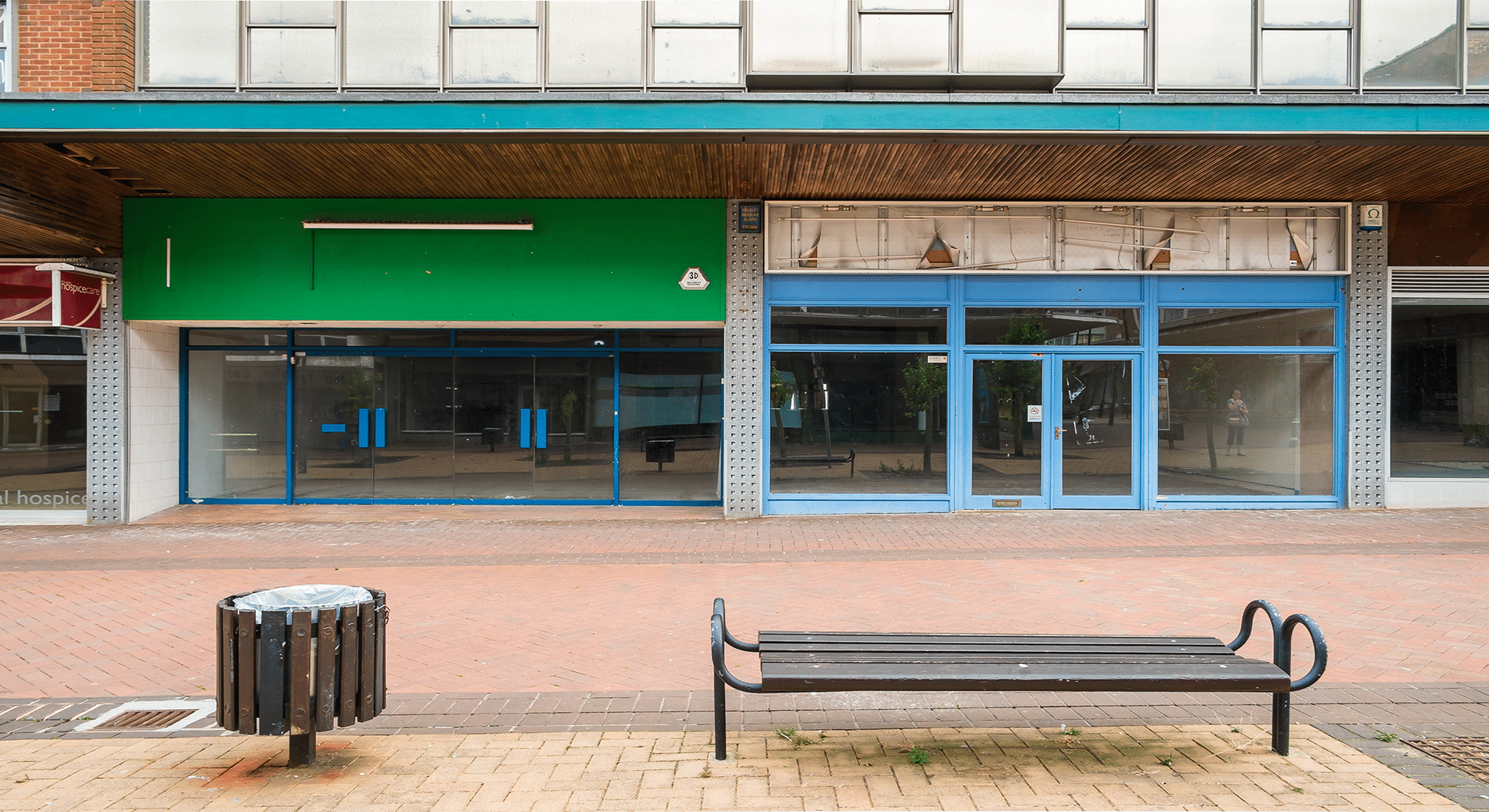The dying of the inner-city – and the divide between the digital “Being There” and the “Actual Perception”
At which point become IT innovations visible in retail?
Ettenheim, August 11, 2020 – It took a long time, but now the general public is finally discussing the issue of dying shops in the inner-cities. Example: At the end of July a Berlin Advertising Paper lead its weekly local readers’ opinion poll with the question: “Should all shops be allowed to be open for business at a minimum on one Sunday per month?” (as a safety ring for retailers). Result: 45 percent are in favor, 55 percent are against. The 1,617 participants in the poll are for sure not representative. Sunday openings appear, however, not to be the safety ring for physical retail.
There is a broad discussion about how to help the retail business. For example, the Süddeutsche Zeitung writes: The Federal Minister of Economy, Peter Altmaier, plans to initiate concepts for the revitalization of the inner-cities. One of the ideas is that the local retail business could improve its position with digital offerings. There is also talk of smaller fashion shops, shoe shops and new shirts. Regarding these topics, a round table discussion is scheduled for early September.
The president of the German Trade Association (HDE), Josef Sanktjohanser, assumes that the Corona crisis may result in lost revenue for the German trading companies (without In-Store Retail (LEH)) of up to Euro 40 billion. And the association also quotes the figure that it is possible that the pandemic may cause the closure of up to 50,000 retail shops. In this context the German Trade Association HDE demands that the government adopts a promotional program of Euro 100 million for the digitization of medium-sized (SME) retailers. In a press release of January 31, 2020, the German Trade Association (HDE) pointed out that physical retail already lost 39,000 retail shops since 2010.
Change of scenery: According to the figures published by the data portal Statista sales revenue of the retail in the narrower sense was in 2019 in Germany around Euro 543 billion. Of this, around Euro 237 billion are attributable to spending for groceries and tobacco. The number of enterprises being active in the German retail business in 2018 is stated to be at 338,545. In 2019, private spending in Germany was presumably at approx. Euro 21,500 per resident (source: EHI)
For the declining retailers, the last figure should actually be the most important. It is imperative to profit from this budget. And: shop opening hours do not set the trend but digitization does. Considering the broad consensus between business executives, policy-makers and experts regarding this issue, it is truly amazing, how few visible IT innovations can actually be identified in retail. Visible IT innovations do not mean PR campaigns, such as speaking or singing robots, but it has everything to do with the perception of the structural digital changes. Or put another way: If it is the purpose of digitization to make physical retail viable and fit for the future on the medium and smaller local level, why is it that digitization is used so little for advertising purposes and why is it that the substance of digitization is rarely discussed.[vc_single_image image=”37174″ img_size=”large”]The reason for this is simple: till this day, digitization does not provide any added value for the physical retail. Digitization is simply not a sales argument – in market contrast to properties such as price, brand, quality, advice, service, Bio etc. If digital processes and offerings are not available at the local retail store, they are sometimes missed, but are rarely specifically requested. But, if they are available, they are expected to do nothing else but function flawless. Hardly anyone sees the opportunity and the potential, that this fact is an enormous upgrade, a major added value and that this fact can also be a unique selling point.
Design is more important, experience is more important, feeling comfortable is more important, the Event is more important. The digital reality is sometimes present in the “Being There”, but is very rarely present in the “Actual Perception”.
The situation of physical retail in Germany is according to SES-imagotag’s simplified assessment as follows:
- The In-Store Retail (LEH) is to a great extent digital, but often not yet online.
- Most of the other industries are not yet digital.
The major In-Store Retail players invest currently at a massive financial and personnel scale in their digital transformation. These digital systems will provide In-Store Retailers with advantages in generating their share in private spending.
What is the consequence for the remaining physical retailers – i.e. also the small and medium-sized retailers in the inner-cities? Many follow the model of sales platforms. The digital access to other and new customer potentials is interesting. In pursuing this, the question should not slip out of focus: Which digital systems are capable to help me in the best way to noticeable increase my share in the annual budget of Euro 21,500 of all of the German consumers?
And the follow-up question must be:
How can I make this digital offering visible in the most effective manner?
This is exactly our focus at SES-imagotag.


